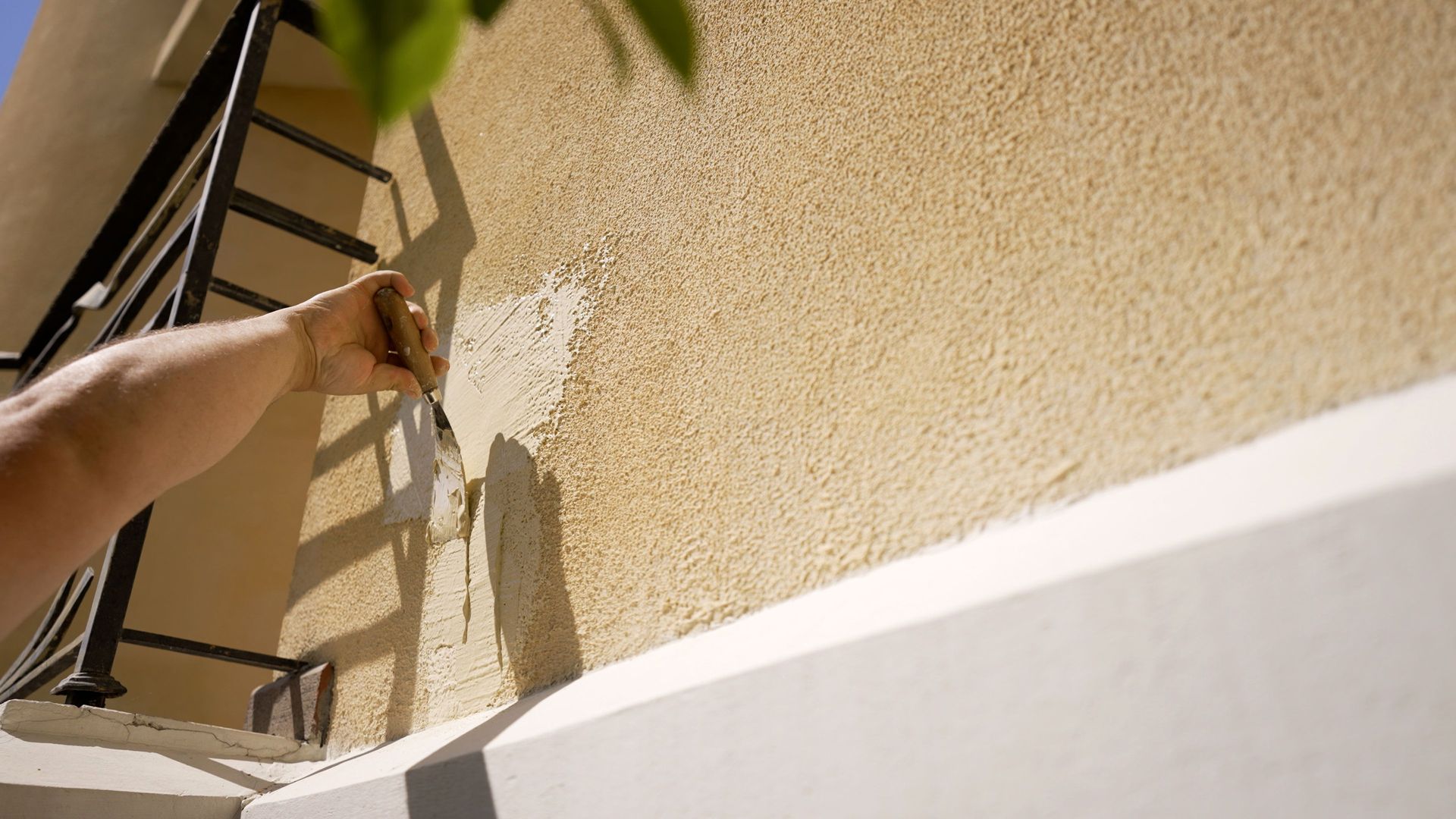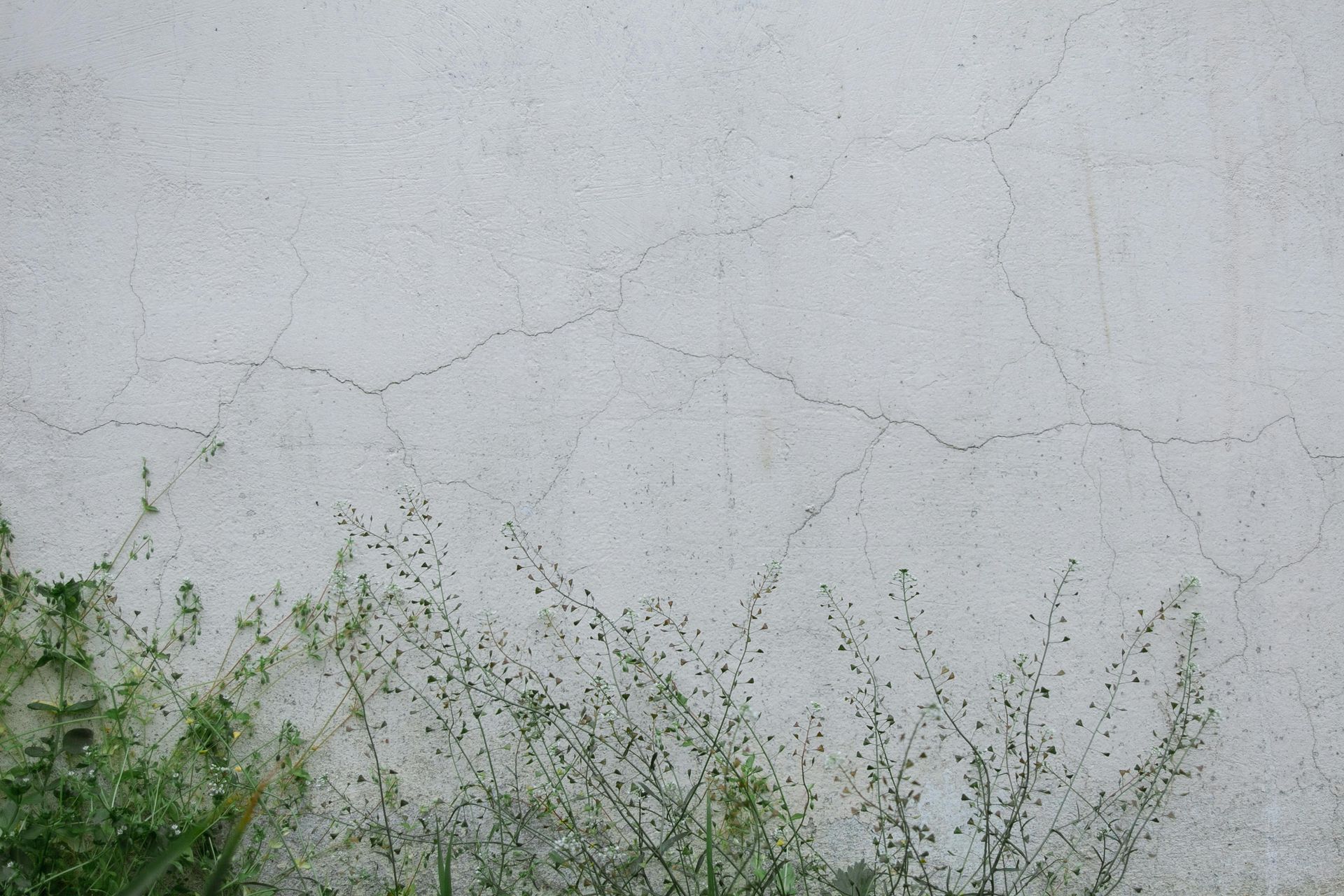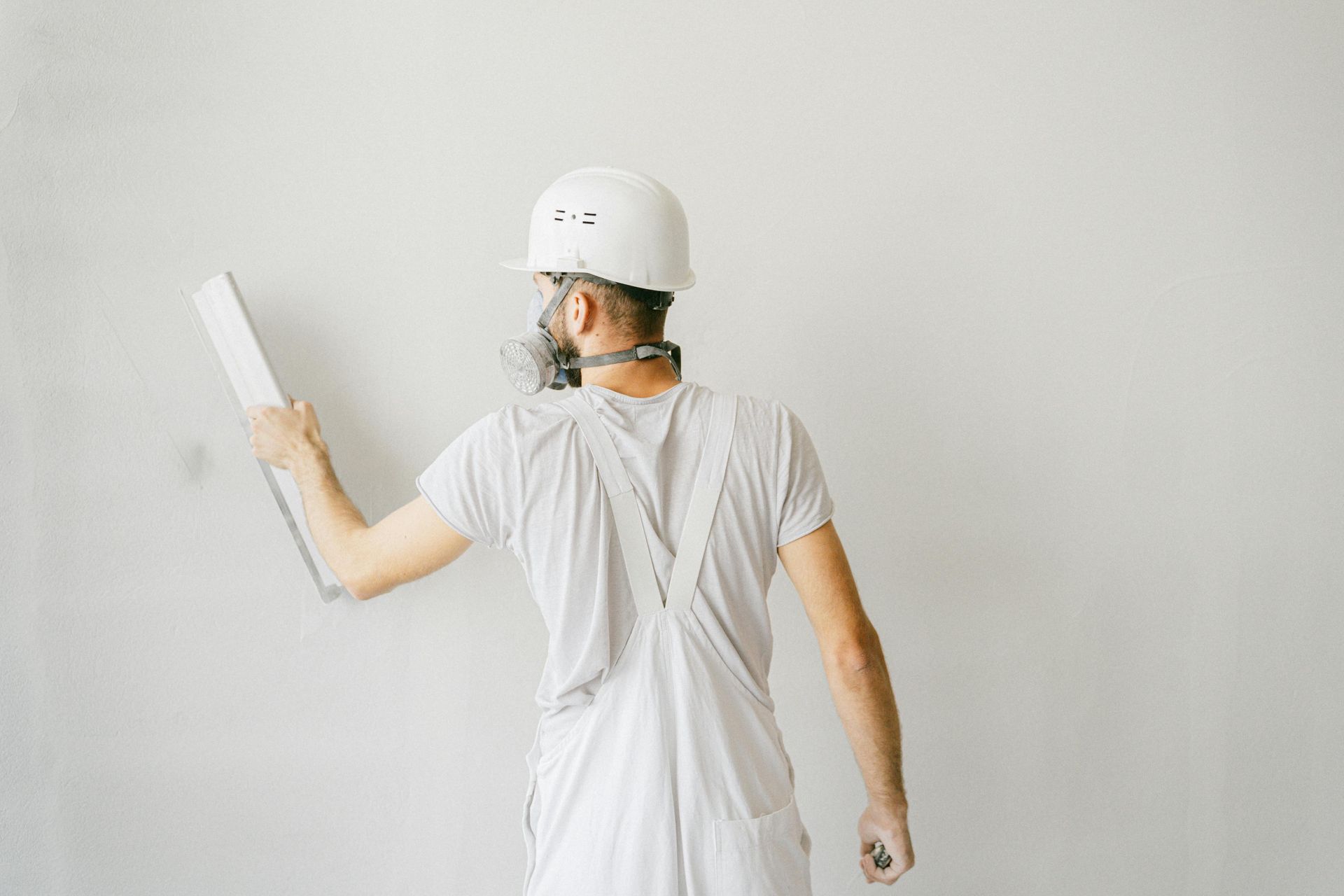When working with stucco, the balance of materials in the cement mix can make or break the project’s success. This ratio directly impacts how well the stucco resists cracking over time. Understanding how different cement mix ratios affect the durability and flexibility of stucco can help you make informed decisions when tackling exterior projects.
The Importance of Cement Mix Ratios
The cement mix ratio refers to the proportion of cement, sand, and water in the stucco mixture. The most common stucco mix ratio is 1 part cement, 3 parts sand, and just enough water to achieve the right consistency. However, this ratio can be adjusted based on the desired finish, the application method, and the environmental conditions.
The key to preventing cracks lies in finding a balance between strength, flexibility, and adhesion.
Each component in the mix has a different role:
● Cement provides strength and adhesion.
● Sand offers bulk and contributes to the mix’s workability.
● Water helps with the mixing process and aids in curing.
Altering these proportions can affect how well the stucco resists cracking over time.
Let’s explore how these elements contribute to a durable, crack-resistant finish.
High Cement Content and Cracking Risk
A mix with a higher cement-to-sand ratio results in a stronger stucco finish. While this might seem advantageous, too much cement can lead to issues like shrinkage cracks. When stucco dries, it shrinks slightly due to water evaporation, and a high cement content can exacerbate this shrinkage, increasing the likelihood of cracks forming. Additionally, high cement content can make the stucco too rigid, limiting its ability to flex and expand with temperature changes.
A mix with excessive cement may also make the stucco harder to apply evenly, potentially resulting in uneven curing and weak spots more prone to cracking.
The Role of Water Content
Water content is key to bonding the mix well to surfaces. Excessive water content weakens the cement and causes cracks, while insufficient water causes bonding problems by drying the mixture too quickly.
Water also influences the curing process. If the stucco dries fast due to insufficient water, it may become brittle and crack. Precise water measurement is essential for achieving a lasting, strong finish.
Flexibility and Rigidity in Striking the Right Balance
Stucco’s ability to adapt to movement helps prevent cracks. Overuse of cement can stiffen the mixture, especially in areas where temperatures fluctuate, leading to stress cracks in the building when it moves. Increasing the sand content improves the material's elasticity, allowing it to adjust without breaking.
However, balance is key. Excess of sand or water weakens the structure, leading to crumbling. A well-proportioned mix provides both strength and versatility, ensuring long-term resistance to environmental stressors.
Environmental Factors and Cement Ratios
In regions with extreme weather conditions, adding more sand can increase pliability, helping the stucco withstand expansion and contraction. In more stable climates, a stronger mix with more cement offers additional durability.
Moisture also influences the right ratio. In wetter climates, a stronger cement mix protects against water damage, while in drier areas, increased flexibility helps prevent cracking due to temperature changes.
Why Choose Professional Services
Selecting the right company for your stucco project is just as crucial as the mix itself. Professional services ensure expert handling and application, resulting in a durable, high-quality finish that protects your investment.
At McClure Plaster & Paint, Inc, we craft every stucco job with precision, using top-quality materials and proven techniques to create a durable and beautiful finish. Contact us today for expert guidance on the perfect stucco mix for your project.



